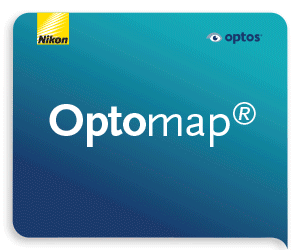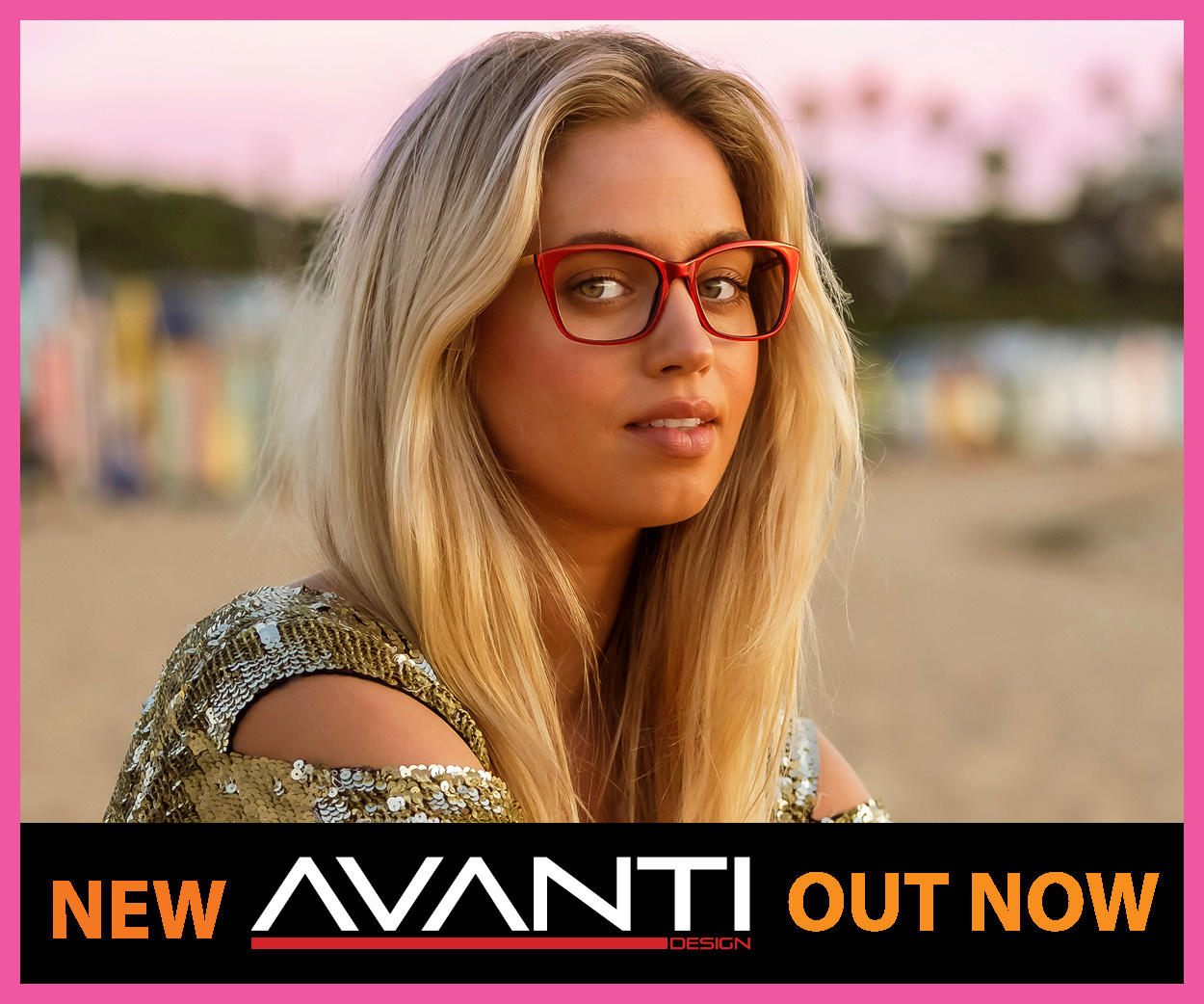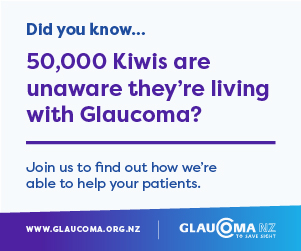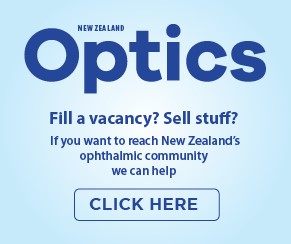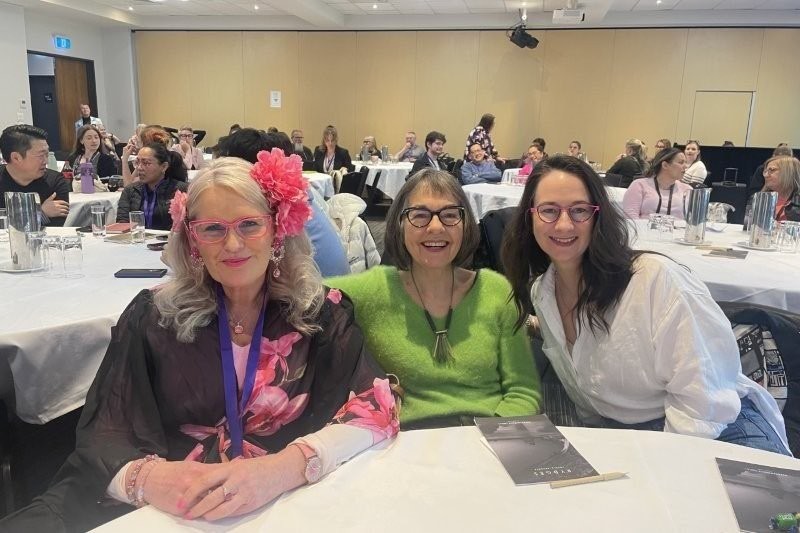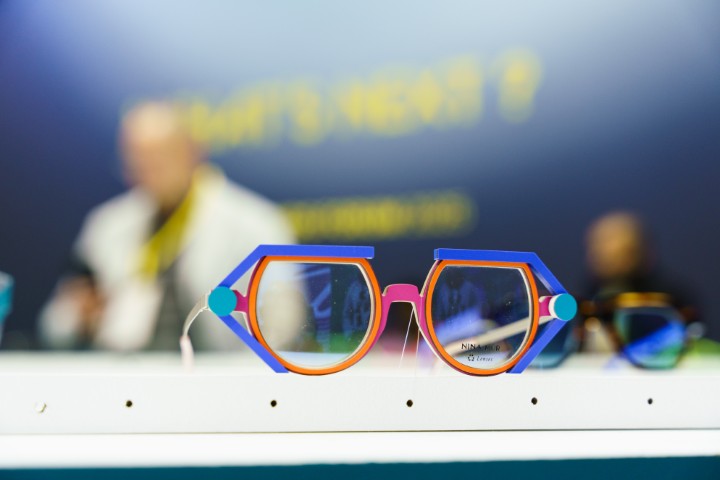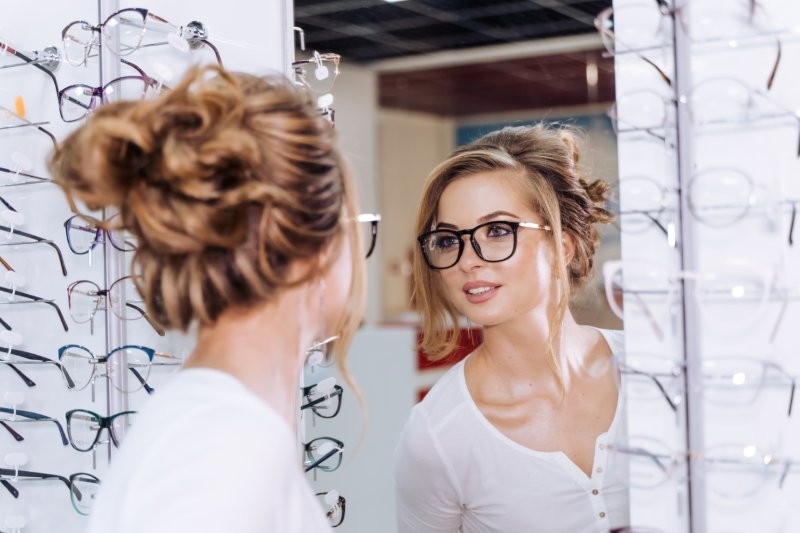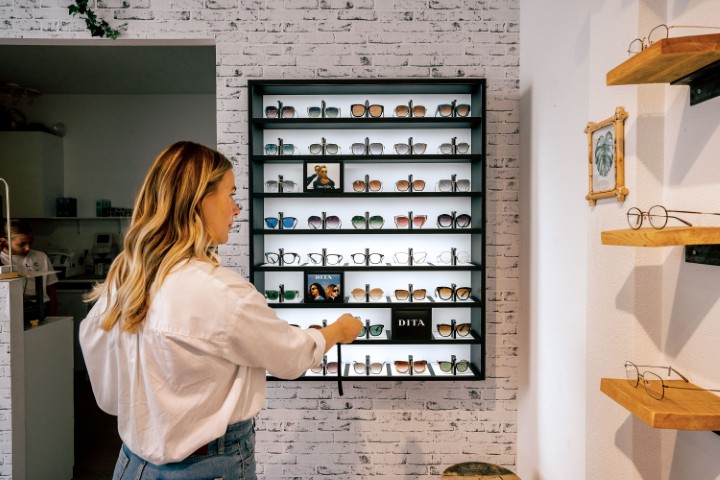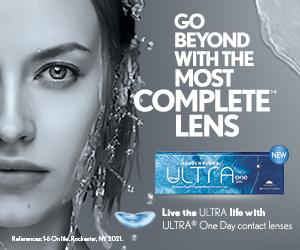Driving home the need for tailored recommendations
There isn’t a magic pair of spectacles that can meet all requirements for a customer. Driving is a common requirement for customers and often requires special consideration.
According to data from the 2018 Census, 86% of the Aotearoa population over the age of 16 held a driver’s licence1. Given this high proportion, as well as the risks associated with driving, the specific optical needs for driving warrant due consideration.
Since day-to-day activities vary for patients, so do their optical needs. Through effective lifestyle questions and knowing in which areas to dig deeper for more information, dispensing opticians (DOs) can make expert recommendations. Whether it is due to the lens design or material, treatments, coatings or frame, the ‘best’ option will vary from person to person and over their spectacle-wearing lifetime.
Lens designs for driving
Lens manufacturers recognise spectacle wearers’ unique visual demands and offer tailored designs to suit. There’s a growing demand for tailored driving lens designs and the improved clarity these designs offer is linked to improved road safety – amplifying the benefit for customers.
DriveSafe lenses from Zeiss use i.Scription technology for sharper vision and improved colour and contrast. Jessica Kingsley, Carl Zeiss technical sales and product application specialist, explained drivers are exposed to varying light conditions, resulting in changes in pupil size. “As the pupil size changes, so the eye is exposed to varying levels of high order (HO) aberrations. More demanding lighting conditions, such as in mist or at night-time, are associated with increased levels of HO aberrations,” she said. Zeiss i.Scription technology incorporates subjective refraction readings measured by an optometrist with wavefront aberrometry measurements calculated by the Zeiss i.Profiler Plus to compute an optimised prescription to support drivers in all lighting conditions. This allows prescribing accuracy to 0.01 dioptres.
Hoya describes its EnRoute single vision and progressive range as being for patients who spend prolonged periods behind the wheel2. For presbyopic customers, where their loss of accommodation and driving conditions impact their visual needs, Hoya’s EnRoute progressive lens incorporates its Integrated Double Surface Design for wider visual fields and fast switching between distances. Its Balanced View Control is designed to offer stable image perception in dynamic driving situations, said the company.
So how do DOs know when to recommend such tailored designs?
Taking the time to understand your customer may reveal struggles with clarity or focus when driving, or that their occupation has them behind the wheel for extended periods. If this information is not offered up freely, DOs should be asking lifestyle questions to gather it, as these tailored designs will be a gamechanger for many.
Coatings and treatments
For daylight conditions, there are numerous coatings and treatments available for DOs to recommend. The benefit of polarised filters cannot be overstated when considering daytime driving conditions. Polarised light – or, more specifically, the blinding glare it produces when reflected off shiny horizontal surfaces such as the road and car bonnets – can obscure or completely block our vision. Polarising filters absorb the glare from polarised light but allow unpolarised light to enter the eye3.
How do ordinary tinted lenses stand up compared to polarised filters for driving? The former reduce excess light, block UV rays and reduce eye fatigue. But a polarised filter will do all of this in addition to blocking dangerous blinding glare, improving visibility and contrast, and enhancing depth perception – all significant benefits to driver safety.
Whether tinted or polarised, advancements are continually expanding regarding colour. From natural colour but low-contrast greys, to warmer stronger-contrast browns, numerous colours are available. Green tints will provide a middle ground of somewhat neutral but more contrast then grey. The specific advantages of each can be matched to your customers’ circumstances.
Low-light conditions can lead to difficulties with colour contrast – a significant safety issue when driving due to reduced visibility. On the topic of visibility at night, Professor Joanne Wood, from the School of Optometry and Vision Science at Queensland University of Technology, wrote that low-light levels are believed to be the major cause of collisions with pedestrians and cyclists at night, most likely due to reduced visibility4.
Similar to Zeiss DriveSafe's iScription technology, improved contrast and colour perception is accounted for in Hoya’s EnRoute range, which is described as having the properties of a high-definition treatment and an anti-reflective coating. “The glare filter noticeably reduces glare by cutting high-energy visible light from LED and Xenon headlights of oncoming traffic, streetlights and on-board equipment. It also significantly minimises distracting reflections while improving contrast and brightness perception in low-light conditions.”
It is important for DOs to recommend appropriate solutions such as these for night driving, rather than unsuitable tints or even contrast filters. It is worth noting the Australian/New Zealand standards on tint categories (AS/NZS 1067.1:2016) show the only possible tint option for night driving is a grade 0 (between 3 and 20% tint)5.
Specific tint colours such as copper, yellow and olive – often referred to as contrast filters – improve contrast and depth perception. This makes them ideal for driving, by improving hazard perception and recognition of traffic signals and signs. However, a tint of any grade will reduce light transmission. Since contrast filters usually fall within the grade 2 tint category, they are unsuitable for night driving. Drivewear’s website makes it clear its Transitions lenses are designed for daylight and daytime driving conditions and should not be worn for driving after dusk, which emphasises the DO’s need to have full product knowledge when making recommendations6.
Lens material
To open the can of worms further – how much protection is enough protection when it comes to lens material? Given the increased safety risks associated with driving, should it be commonplace to offer high-impact-resistant materials such as polycarbonate or Trivex?
For those driving for occupational purposes, employers and companies should be doing all they can to protect their employees while on the job, said George Webster, general manager of All Australian Safety. “The full picture should be considered. For example, truck drivers who may be exiting their vehicles into potentially hazardous environments.” Through effective lifestyle questions you will better understand your customer’s occupation and its associated risks. It may not form part of their compulsory PPE, but a high impact lens for general work use may be beneficial.
But where do we draw the line – do all drivers need an impact-resistant lens for protection against hazards inside the vehicle, such as an inflated airbag during a collision? The authors of ‘Spectacle wear, airbag deployment and eye trauma’, published in Investigative Ophthalmology and Visual Science, drew the conclusion from extensive data that spectacle use does not seem to be a remarkable additional risk for an eye injury7.
However, DOs have a duty of care, which encompasses avoiding omissions that could reasonably be foreseen to cause harm. While an impact-resistant lens may not seem necessary for all, recommending against glass would be justified. Commonly dispensed CR-39 has significantly higher impact resistance than glass, which can shatter into shards and splinters – not a risk a DO should endorse through dispensing.
Frame considerations
A good field of view is paramount for driving – not only are we contending with the road and potential hazards ahead but continually monitoring our surroundings.
Frame selection will have a considerable impact on a customer’s usable field of view. The extremities of the frame alone will reduce their apparent field of view and the further from the eyes the frame sits, the smaller this apparent field of view will be. An unsuitable bridge size, inappropriate length to bend of the temple, or negative or minimal face form angle are just some of the fitting considerations contributing to the frame or lenses sitting forward. DOs can substantially improve the apparent field of view for customers through expert frame-selection guidance and professional final fitting.
The customer’s prescription also needs to be considered, particularly customers with high plus-powered prescriptions. The real field of view through a high-plus lens will decrease the field of view due to the convergence of light. This amplifies the need for suitable and well-fitted frames as the lens power has already reduced the field of view.
In summary
Given the demanding visual requirements of driving, it is justifiable for bespoke spectacles to be recommended. Whether every customer will benefit from this recommendation should be determined through thorough lifestyle and visual needs analysis. It could be that the customer, whether for occupational or vocational purposes, spends substantial time behind the wheel. Or it could be that they struggle with clarity or focus when driving in demanding lighting conditions. They may not have considered asking for specific driving spectacles, but your recommendations could benefit them greatly.
The bigger picture must be considered and within that picture is a customer’s buying capacity – can they afford a bespoke pair of spectacles for driving in addition to what they require for other day-to-day tasks? However, it is not a DOs responsibility to make this decision on the patient’s behalf by failing to offer suitable products – it could be the seed that needed to be planted for a purchase next year, if it’s not within their current budget.
References
- Driver licence holding status for adults in New Zealand, Figure NZ, viewed on 31 January 2025 <https://figure.nz/chart/kidh3j3c5brfu4Wb>
- Hoya. (2025) Vision Products – EnRoute, viewed on 31 January 2025 <www.hoyavision.com/vision-products/special-lenses/enroute/>
- Petrusma, A. (2023) ODA: Understanding Polarised Light, lecture PowerPoint slides, viewed 25.2.24
- Wood JM. Nighttime driving: visual, lighting and visibility challenges. Ophthalmic Physiol Opt 2020; 40: 187–201. https://doi.org/10.1111/opo.12659
- Categories of sunglasses and fashion spectacles according to the Australian/New Zealand Standard AS/NZS 1067.1:2016
- Transitions DRIVEWEAR (2024) Finding the Ultimate Driving Lens, viewed 20.2.24, https://www.drivewear.com/driving.aspx?langId=1
- Timo M T Tervo, Pekka Sulander, Tapio Koisaari; Spectacle wear, airbag deployment and eye trauma. Invest. Ophthalmol. Vis. Sci. 2014;55(13):5473.

Virgilia Readett is an ACOD teacher. She holds a Certificate IV in Optical Dispensing, Certificate IV in Training & Assessing and a Bachelor of Arts, majoring in communications.




